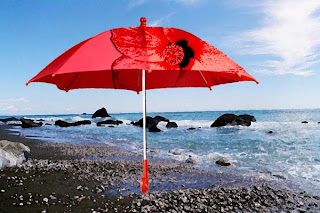Fourth Quarter Exercises
For this Fourth Quarter you must complete the following exercises (EIGHT IN TOTAL):
- Two poster exercises per instructions in iLife05, in the Photoshop Folder under 4Q Exercises. For ideas check the "Posters" folder in iLife05 - you can try to imitate one of those posters. You can even select some of the images and text on some of them.
- The students who didn't do the "Using Blending Options" Exercise must complete it this quarter. See exercise below.
- Exercise No. 4 (check iLife05 - under 4Q Exercises). You can call this one "Favorite Word."
- Complete the Art Poster Exercise on page 14-19 in the Photoshop Textbook.
- Textbook Exercises (Mrs. Feld will let you know which ones and guide you in class).
Those students who don't have a B+ Average, must take the Final Exam.
On March 31st we worked on the following Textbook Exercises from Chapter 3: Page 3-26 (Portrait) and 3-27 (Marathon Contest). If you were not able to complete them, due to computer problems, please do so as soon as possible and save in the Server. I should be able to find them. You should have a "Fourth Quarter" Folder under you name in Digital Applications (your class folder in the Server); where you will put all the Fourth Quarter exercises.
On April 1st you will work on the exercise on page 3-29 individually. Even though the textbook says it's a Group Project, I want you to create your own. You can find the PS 3-13.psd document in iLife05 (in the DataFileforStudentsPS folder, Chapter 3). Save it as "Total Sportz." Find images in Google or another search engine and place them on the background of the Total Sportz photoshop document - at least four images. You may also create a "Feathered Vignette" like you did in the "Marathon Contest" Exercise.
Those of you who haven't done at least one "Using Blending Options" exercise, must do it as soon as possible. On Friday, April 3, I'll show you how to use this technique (of blending two images together) by doing a quick exercise in class - using the SmartBoard. You can check Chapter 7, Lesson 3 - pages 7-14 through 7-17 to review this technique of blending pixels.
Thanks for your cooperation!

